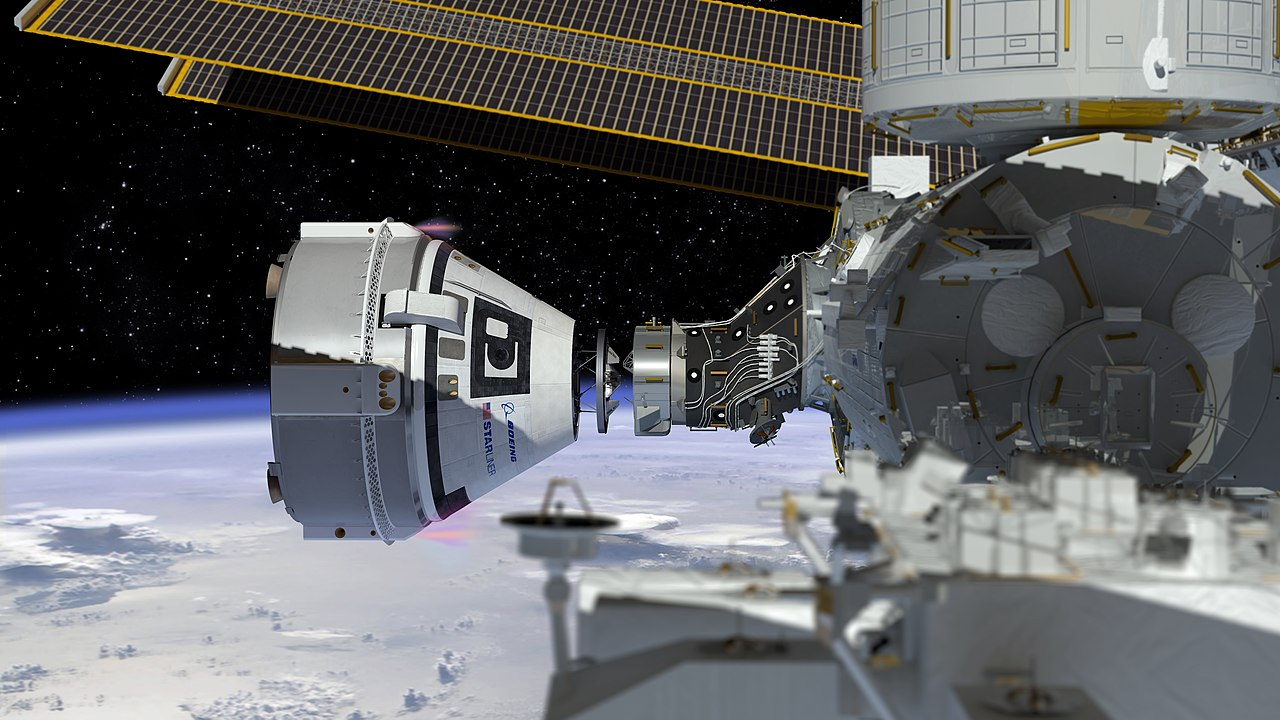
Space missions, as with military operations, thrive or perish based on their capacity to be flexible, mitigate risks, and push onward despite failure. NASA’s recent Boeing Starliner mission is a prime example of how those concepts manifest in the real world, demonstrating the high stakes, the technological hurdles, and the meticulous decision-making inherent in current crewed spaceflight.

When astronauts Suni Williams and Butch Wilmore launched on Starliner on June 5, 2024, the agenda was simple: a brief, attention-grabbing flight to the International Space Station designed to demonstrate America had two capable methods of launching crews into space. Instead, the mission became an endurance test in engineering problem-solving and operational waiting.

Issues started nearly as soon as the spacecraft was closing in on the station. Several reaction control thrusters malfunctioned, and engineers noticed several helium leaks in the propulsion system. These were not one-off quirks—these indicated a program already beset by years of test malfunctions, software problems, and hardware issues.

NASA’s mission control team was now confronting a familiar but tough choice: risk bringing the astronauts home in an unreliable spacecraft, or opt for a slower, more conservative backup plan. The process was analytical and deliberative.

Engineers and managers studied test data, simulated systems, and requested outside assessment. The finality was immediate—Starliner would return to Earth unoccupied, and Wilmore and Williams would stay on the ISS until they could catch a ride back home on a future SpaceX Crew Dragon.

That decision turned a short demo flight into a six-month residency. Rather than sitting idle, the two astronauts became official members of the station’s Expedition 71/72 crew, participating in research, maintenance, and continuing Starliner system tests.

But their prolonged stay also required NASA to manage station resources, resupply missions, and crew rotation, essentially like a military unit adapting to a deployment that has been somehow prolonged.

Tactically, the Starliner incident reminded everyone why redundancy is important in space missions. The Commercial Crew Program was established to avoid making the U.S. reliant on one spacecraft—or on international partners—for access to ISS. Having SpaceX’s Dragon as an alternative ready to go allowed the operations to continue uninterrupted by Starliner’s issues.

Meanwhile, the mission provoked fears about the trustworthiness of America’s aerospace industry. Boeing’s ongoing struggles with Starliner, particularly if considered in the context of its wider company struggles, have raised questions about whether engineering discipline and technical rigor have declined.

The Starliner narrative is more than the tale of helium leaks and jammed thrusters. It’s about what happens when organizations are faced with the unexpected. For military commanders, engineers, and planners alike, it’s a reminder that sophisticated hardware is not the only requirement.

Success hinges on how well the individual or organization can adapt, make difficult decisions under ambiguity, and keep moving forward—the mission or the person, or the team—whether in combat or 250 miles high above Earth.
More related images you may be interested in:




